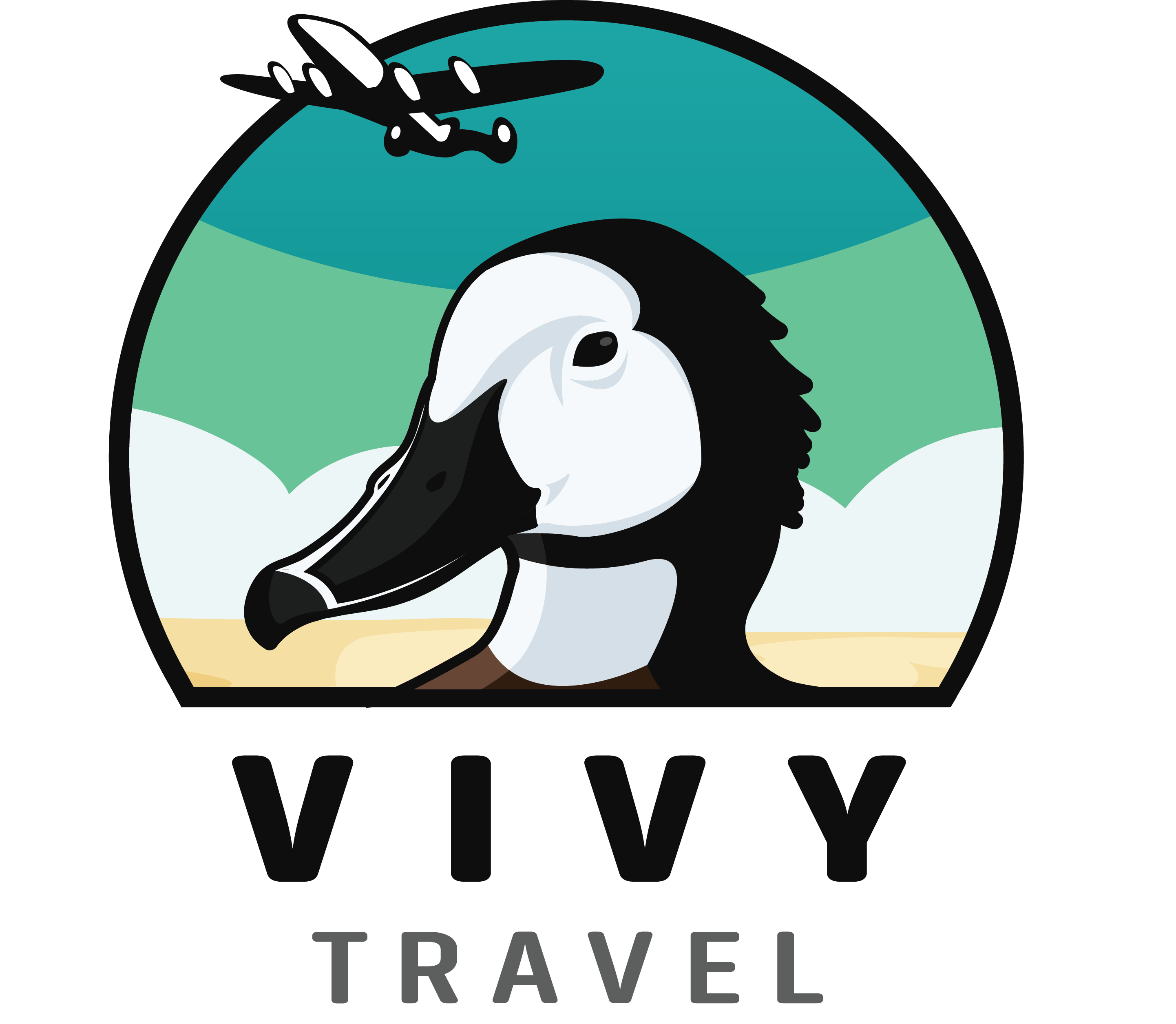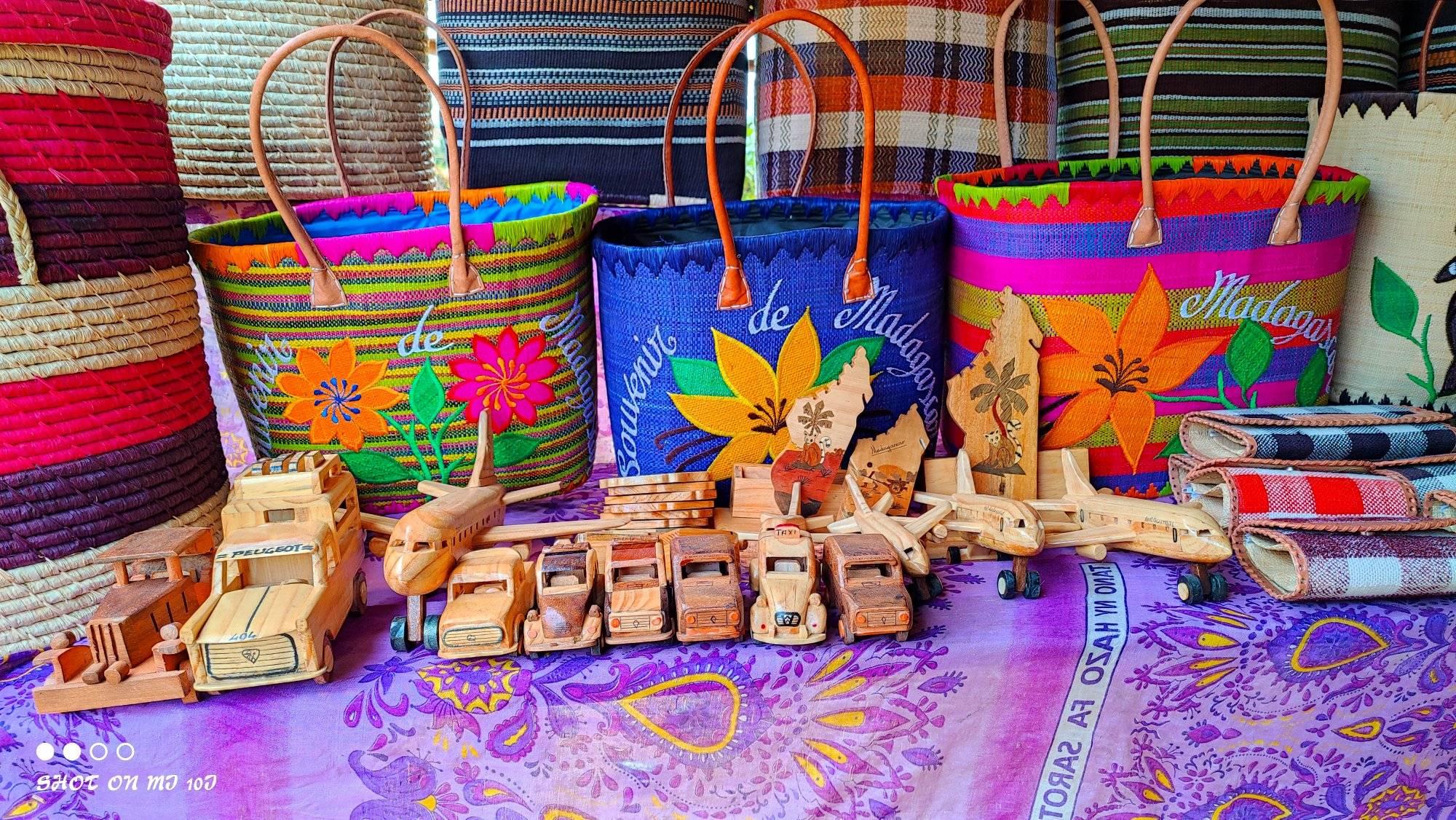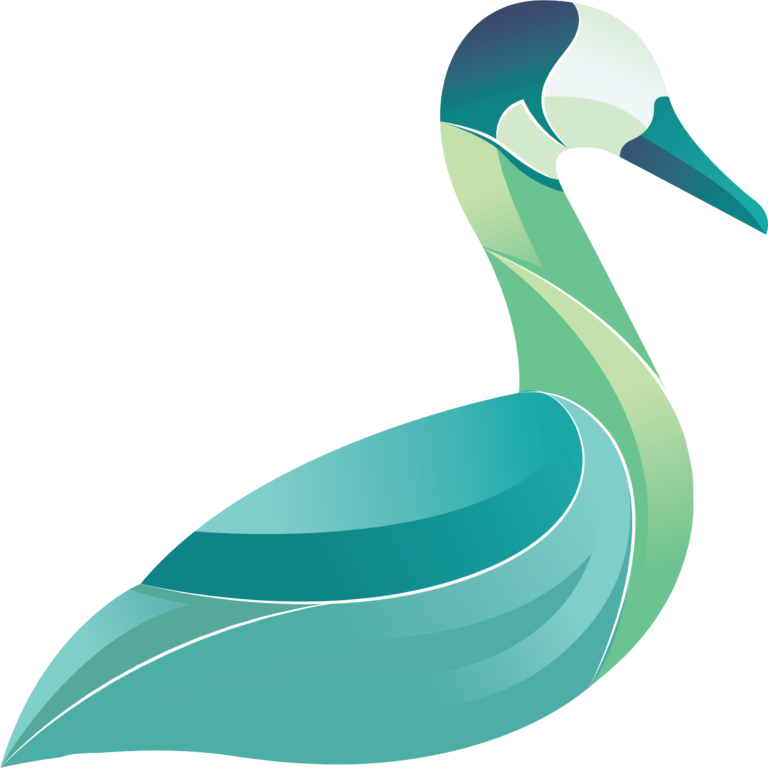Weaving, a valuable tradition in Madagascar, plays an interesting role in the country’s cultural identity. It is a means of differentiating one region from another, due to the traditions of each. Recognize the materials used and weaving techniques by visiting renowned weaving workshops, and see the finished products and markets for these products.
The cultural essence of Malagasy weaving? A heritage of traditions
Important rituals and ceremonies in Malagasy culture evoke the significance of weaving in Madagascar. Take part in these special events, and notice how embroidered garments and accessories look. Weddings, christenings and funeral ceremonies are just some of the events that feature woven garments and accessories.
Note the materials used in Malagasy weaving.
The substances used vary from region to region, depending on local tradition.
Raphia :
A natural string torn from the leaves of the palm tree, called “raffia”, is used to make splendid objects such as bags, hats, carpets and mats.
Cotton weaving :
Cotton weaving is used for clothing, scarves, tablecloths and wall dyeing. A precious material used in Malagasy weaving is silk. Traditional techniques are used to produce quality silk. It is used to make luxury garments and shrouds.
Leaf fibers :
The leaf fibers of the pandanus tree, dyed and braided, also generate substance for Malagasy weaving. Inventing mats, bags, hats and more, weavers move in with their know-how. Other plant fibers, such as sisal and hemp, also play a part in the basis of handcrafted products.
How do the Malagasy weave?
Malagasy people mainly use hand weaving to create a variety of weaves. Using a hand loom, they have the flexibility to invent different patterns. A technique called broché is used to create intricate designs and deserves special attention. Before weaving, the threads are dyed to give depth to the pattern. The colors used are resistant and give weaves unique patterns. Finally, braiding is a technique that uses plant fibers and is used to create objects such as hats, mats, baskets and placemats.
You can visit weaving workshops in Madagascar to learn how the Malagasy do it.
Visit the workshops, and buy weaving products directly from the artisans. Demonstrations of silk and cotton weaving are also available. Learn more about these delightful addresses:
- The craftsmen’s workshop of the Sahalandy association in Antsirabe.
- The Greta workshop in Antsiraranana.
- The Ampanihy cooperative in Ambalavao for traditional silk weaving.
- Ny Hary, a weaving workshop in Antananarivo, learn and buy.
Where can you find excellence in finished weaving products?
Malagasy weaving offers a wide range of products. Admirable tablecloths, cushions, bags, hats, clothes, dyes and fabrics (lamba) are on display. Take a stroll around the island, scouting out places to shop or window-shop.
- The Digue market in Antananarivo
- Ambalavao on the Haute Matsiatra, known for its silk production.
- Manakara, on the coast and known for its handmade silk industry.
- A nosy be in the Diana region.






